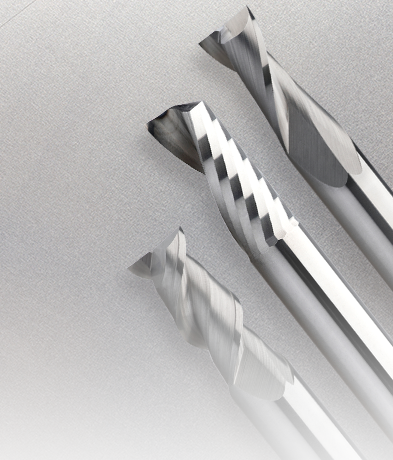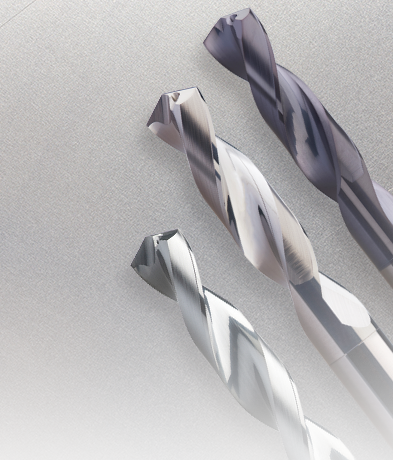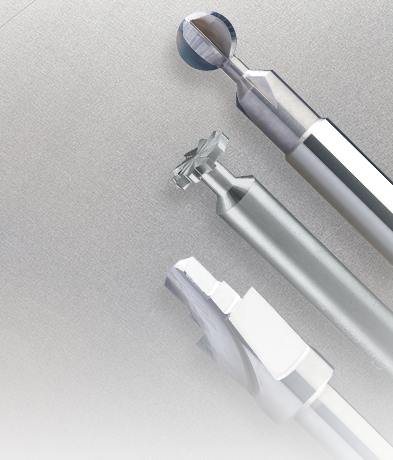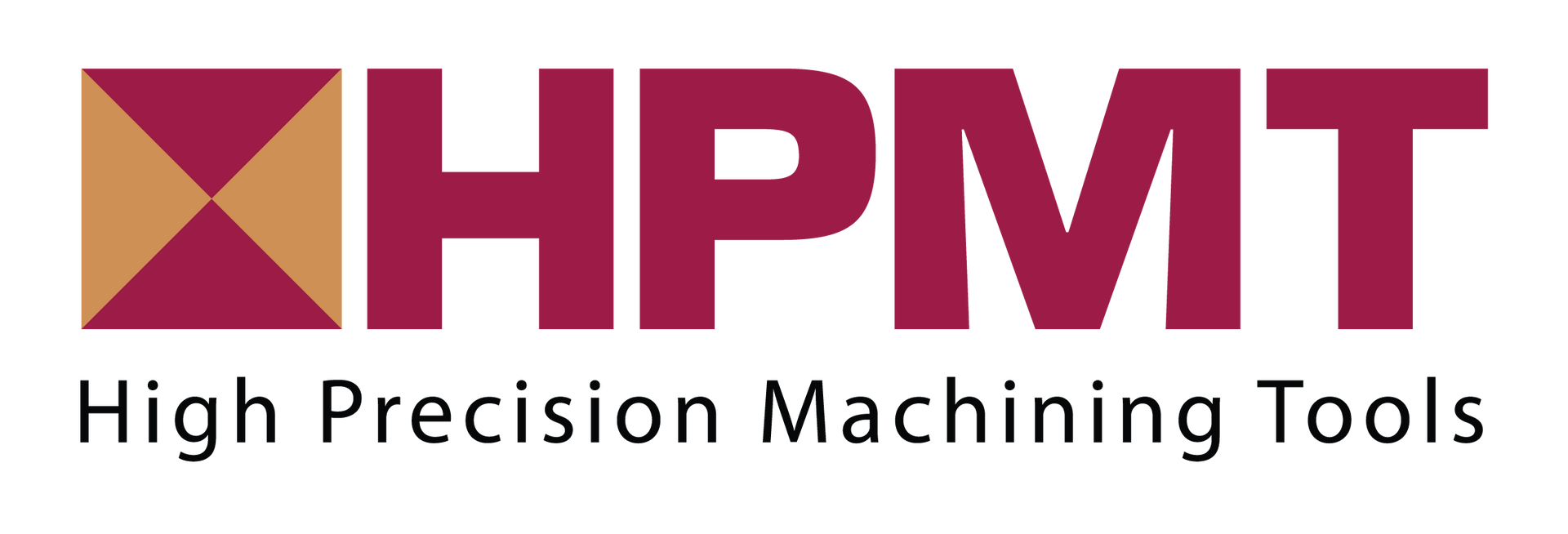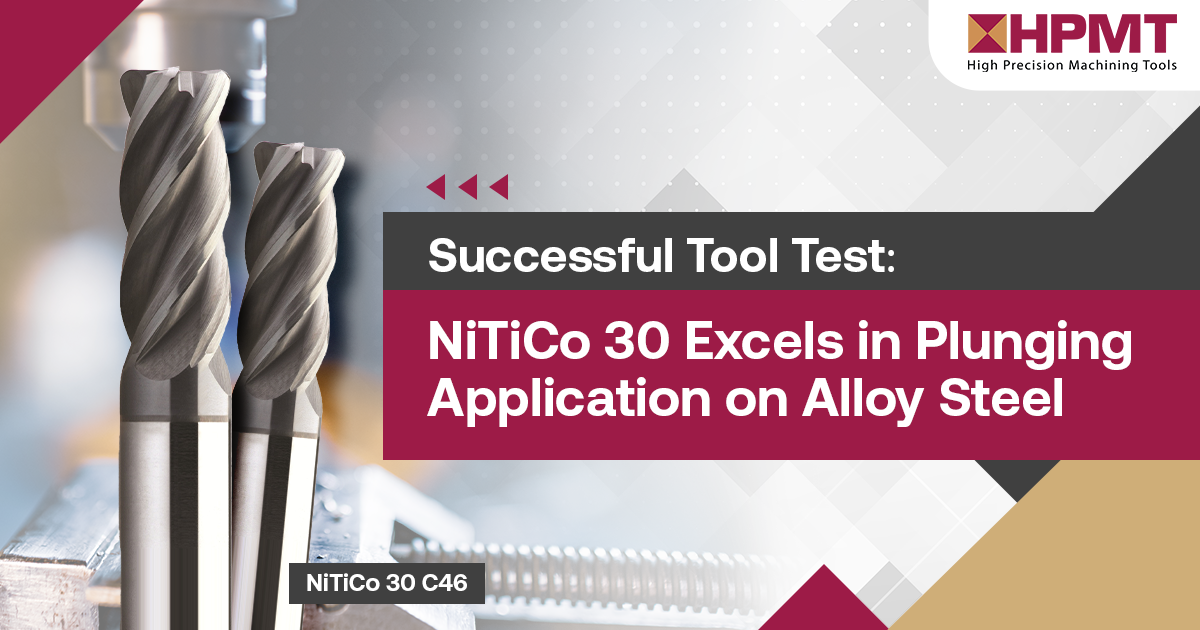Overcoming Challenges in Superalloy Machining: A Comprehensive Approach
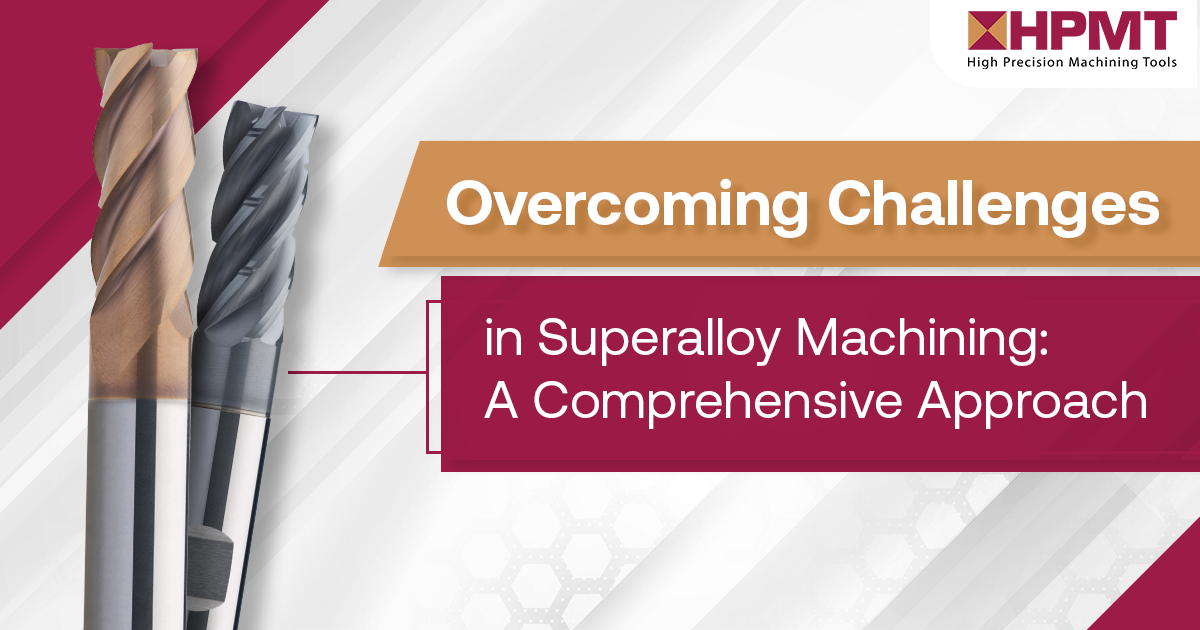
Superalloys are a group of high-performance materials that exhibit exceptional strength, both heat and corrosion resistance. These unique properties make them crucial for a wide range of industries, including aerospace, automotive, and power generation. However, machining superalloys can be a daunting task due to their inherent challenges. In this comprehensive guide, we will delve into the intricacies of superalloy machining and provide you with valuable insights and strategies to overcome these challenges.
Machining superalloys pose several challenges that stem from their unique material properties. Firstly, superalloys have high strength and hardness, making them difficult to cut. Their high melting points also contribute to increased tool wear and thermal deformation. Additionally, superalloys tend to harden during machining, leading to increased cutting forces and surface roughness. These challenges, combined with the need for tight tolerances and surface finish, demand precision machining techniques and specialized cutting tools.
This is why precision machining plays a pivotal role in achieving the desired performance and functionality of superalloy components. The demanding applications of superalloys require tight tolerances and excellent surface finish to ensure optimal functionality, reliability, and longevity. By utilizing precision machining techniques, including high-rate machining and multi-axis milling, manufacturers can achieve the required precision and accuracy. Furthermore, precision machining minimizes the need for secondary operations, reducing production time and costs.
Choosing the Right Cutting Tools for Superalloy Machining
Selecting the appropriate cutting tools is crucial for successful superalloy machining. Due to the challenging nature of superalloys, standard cutting tools may not be suitable. Instead, specialized tools with high-temperature resistance, excellent wear resistance, and superior cutting-edge integrity are required. Solid carbide cutting tools & customized tools are commonly used in superalloy machining. Each tool material has advantages and limitations, and careful consideration must be given to factors such as cutting speed, feed rate, and depth of cut to optimize tool life and machining performance.
Overcoming Common Cutting Challenges in Superalloy Machining
One common challenge is the generation of excessive heat during cutting, which can lead to tool failure and workpiece damage. To mitigate this, techniques such as high-pressure coolant systems and minimum quantity lubrication (MQL) can be applied to dissipate heat effectively.
Additionally, managing cutting forces through proper tool geometry and selection can minimize tool wear and workpiece deformation. Maintaining stable cutting conditions and using appropriate cutting parameters are also essential to overcome challenges such as vibration and chatter.
Advanced Techniques for Superalloy Machining
Innovative techniques have emerged to enhance the efficiency and effectiveness of superalloy machining. One such technique is cryogenic machining, which involves cooling the workpiece using liquid nitrogen. This method significantly reduces cutting forces, tool wear, and thermal deformation, producing improved surface finish and extended tool life.
Another advanced technique is electrical discharge machining (EDM), which utilizes electrical sparks to erode superalloy material. EDM is specifically useful for intricate and complex shapes that cannot be easily machined using traditional methods.
Best Practices for Improving Productivity and Efficiency in Superalloy Machining
Following best practices to achieve optimal productivity and efficiency in superalloy machining is essential. Firstly, meticulous planning and preparation are crucial, including proper workpiece fixturing and tool selection. Ensuring a stable and rigid setup minimizes vibrations and maximizes cutting performance.
Optimal cutting parameters, such as cutting speed, feed rate, and depth of cut, should be determined through experimentation and optimization. Regular tool inspection and maintenance are also essential to prevent unexpected tool failures and ensure consistent machining performance.
Future Trends in Superalloy Machining
As technology continuously advances, new trends and innovations are shaping the field of superalloy machining. One significant trend is the development of advanced coatings for cutting tools, such as nanocomposite coatings. These coatings enhance tool life, reduce friction, and improve surface finish.
Furthermore, the integration of artificial intelligence (AI) and machine learning algorithms can optimize cutting parameters and predict tool wear, which leads to improved productivity and cost savings. The future of superalloy machining holds great promise as researchers and manufacturers strive to overcome existing challenges and push the boundaries of what is possible.
Introducing HPMT's NiTiCo 30 & NiTiCo 45: Designed for Superalloy Materials
To address the specific needs of superalloy machining, HPMT has developed a dedicated cutting tool solution which is the NiTiCo series. Let’s look at the features and benefits of the NiTiCo series:
List of Services
-
4 Flutes DesignItem Link List Item 1
- Significantly increased feed rate (25% over 3 flutes)
- Optimised for slotting and side milling
-
Optimised Tool GeometryItem Link List Item 2
- Allows for improved shearing and decreased spindle loads
-
Positive Rake AngleItem Link List Item 3
- Enables smooth chip evacuation due to small size of chips generated
-
Differential Pitch (DP)Item Link
- Provides excellent surface finishing while eliminating chatter
-
Stable Cutting EdgeItem Link
- Allows for high speeds and feed rates, greatly improving productivity
-
The Perfect Edge DesignItem Link
- Provides a stable cutting edge with much-reduced possibility of chipping while prolonging tool life
- High CNC repeatability within 0.010mm
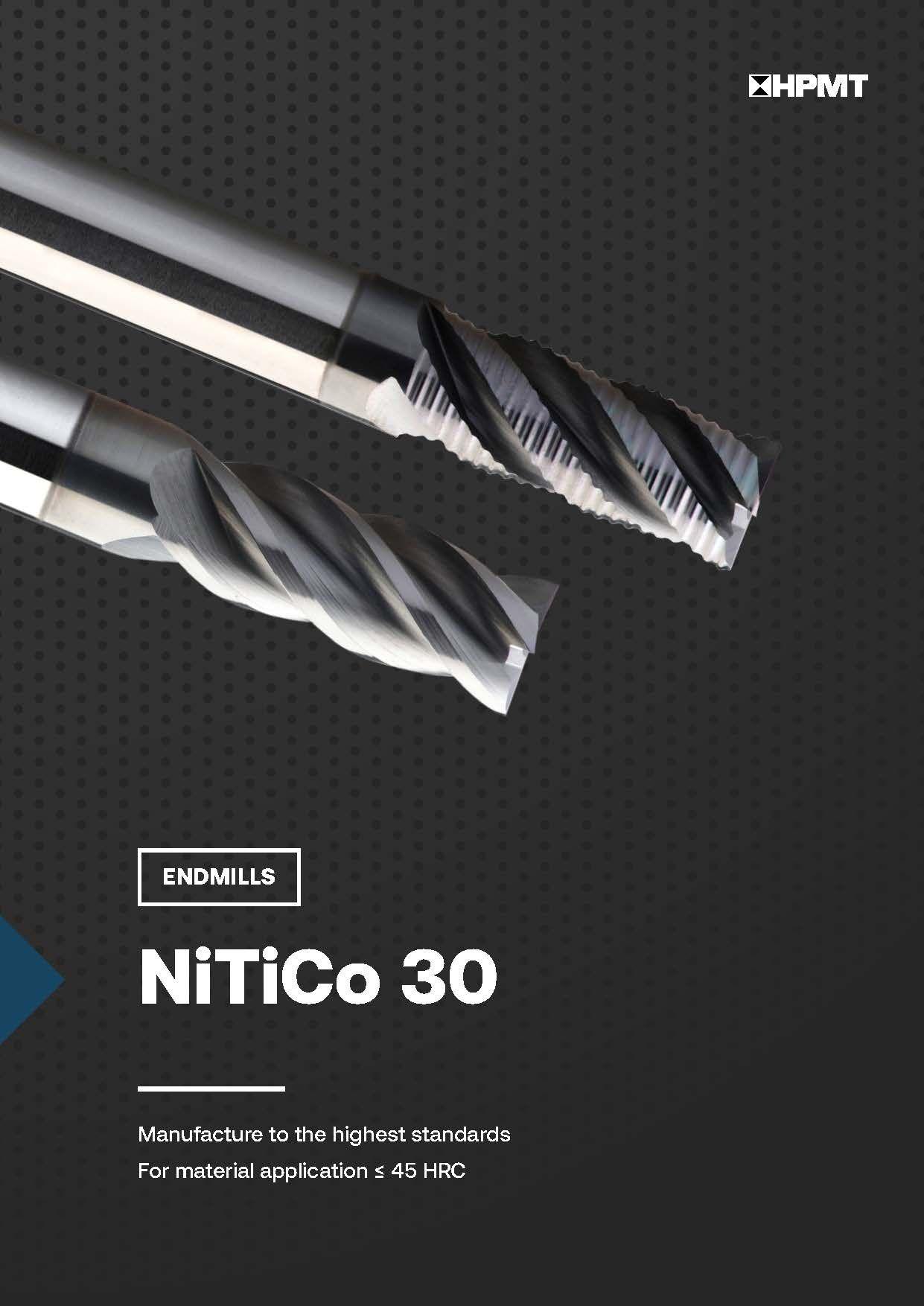
- Suitable for multiple applications on P,K, M, S (≤ 35 HRC).
- Suited for machining exotic materials like high-Ni and Co alloys, titanium, and stainless steel.
- Specifically crafted for trochoidal milling.
- Available both with and without holes.
Read more on NiTiCo 30 and download the product leaflet here.
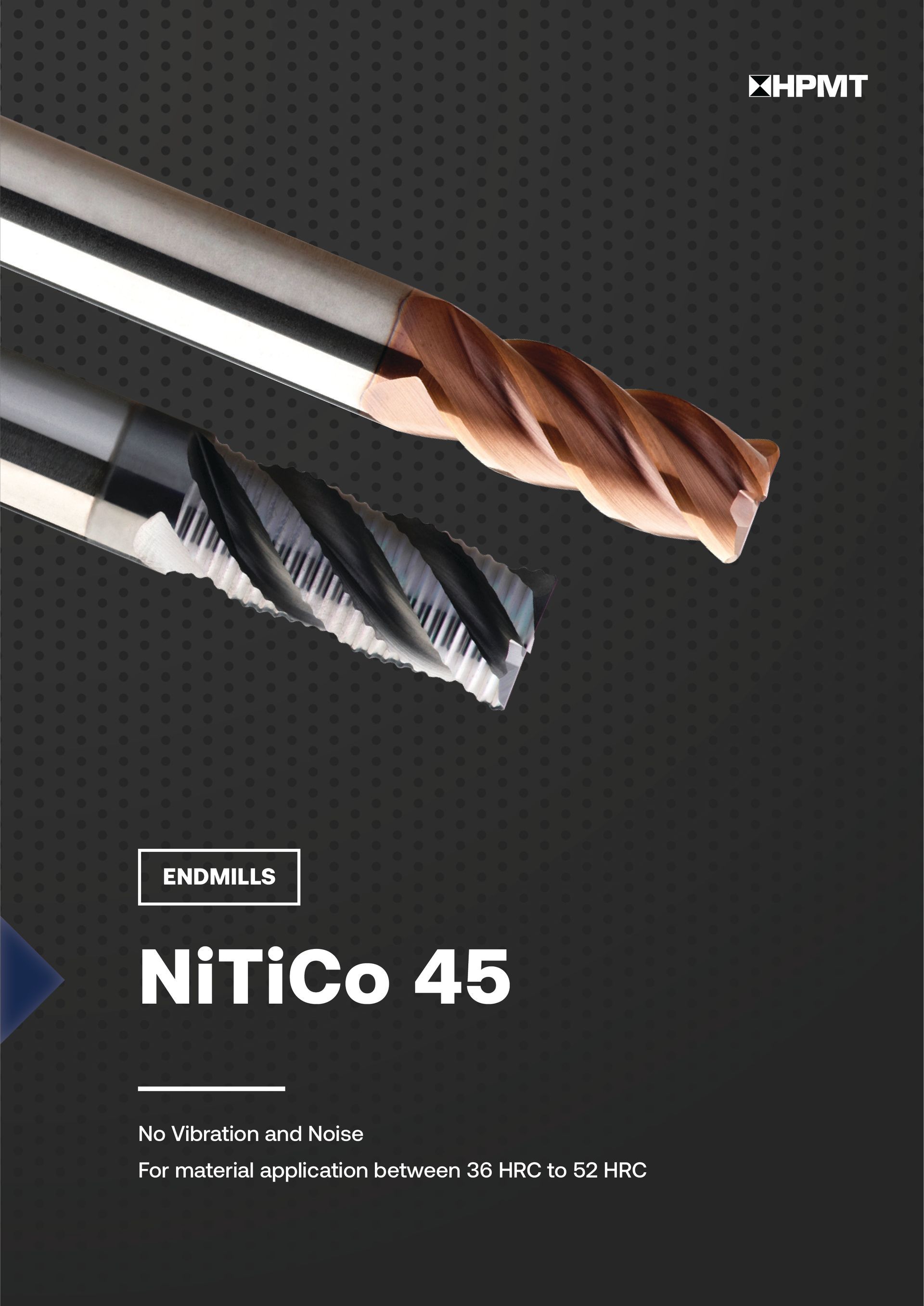
- Suitable for multiple applications on P, K, M, S (36-52 HRC)
- Designed for machining tough superalloy materials, especially inconel.
- Includes square, torus and roughing endmills
Read more on NiTiCo 45 and download the product leaflet here.
With these cutting tools, manufacturers can achieve superior results in superalloy machining, improving productivity and reducing costs.
Machining of superalloys requires a deep understanding of their unique challenges and the implementation of precision techniques and specialized cutting tools. By following best practices, manufacturers can overcome these challenges and achieve optimal productivity and efficiency. As technology advances, new techniques and innovations will continue to push the boundaries of superalloy machining.
With HPMT's NiTiCo 30 and NiTiCo 45 cutting tools, manufacturers can access state-of-the-art solutions designed only for superalloy materials. Discover the power of these tools and master the art of superalloy machining to unlock new possibilities in your manufacturing processes.
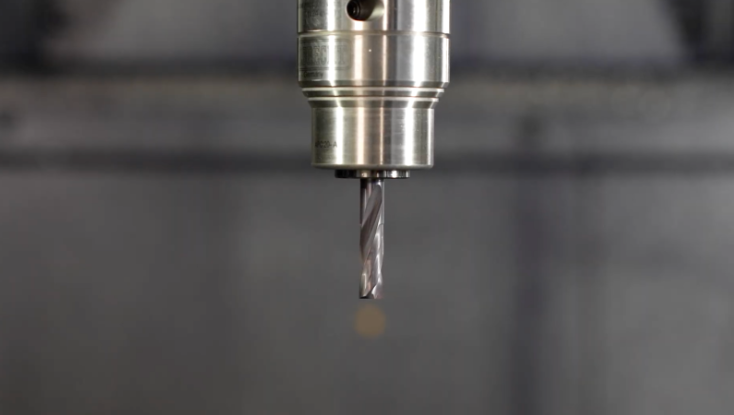
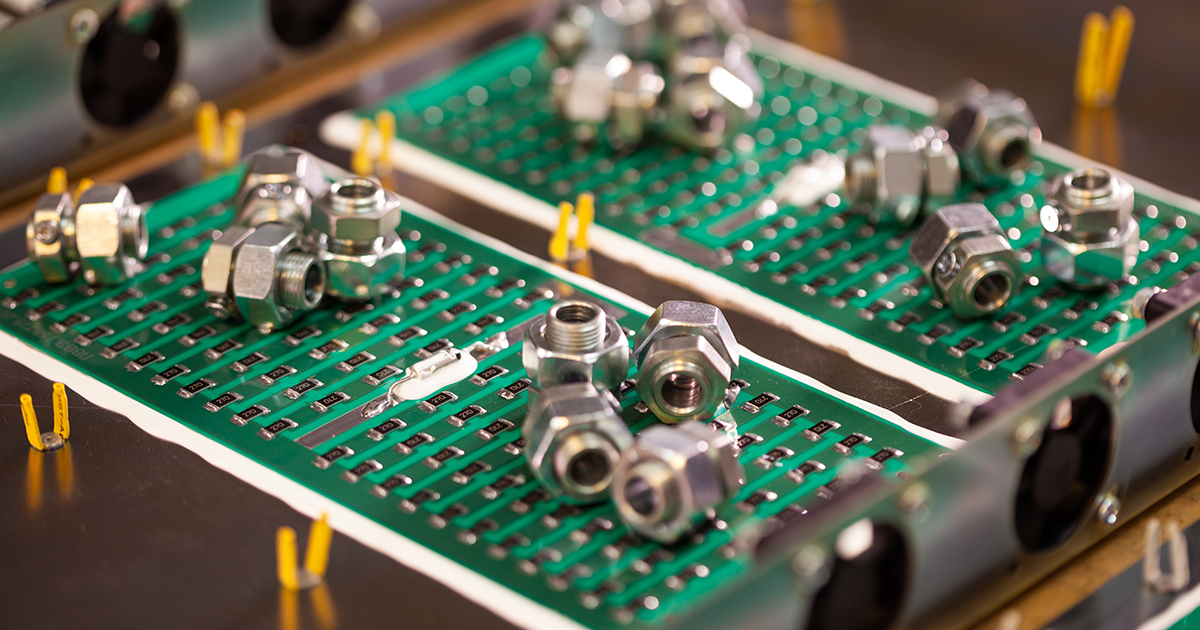
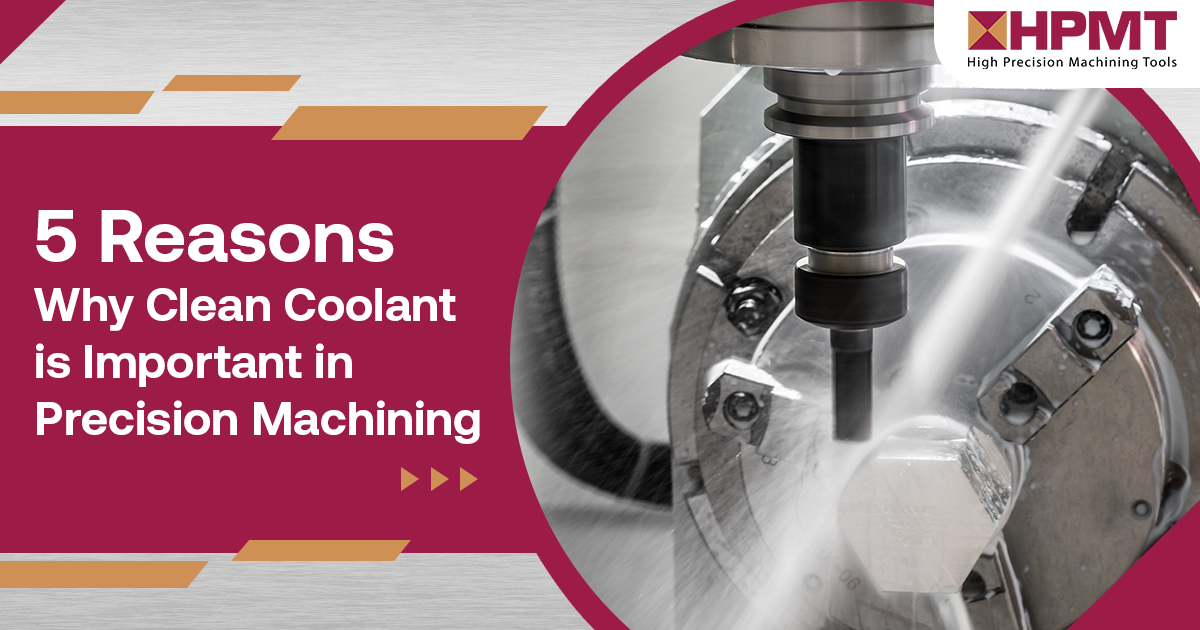
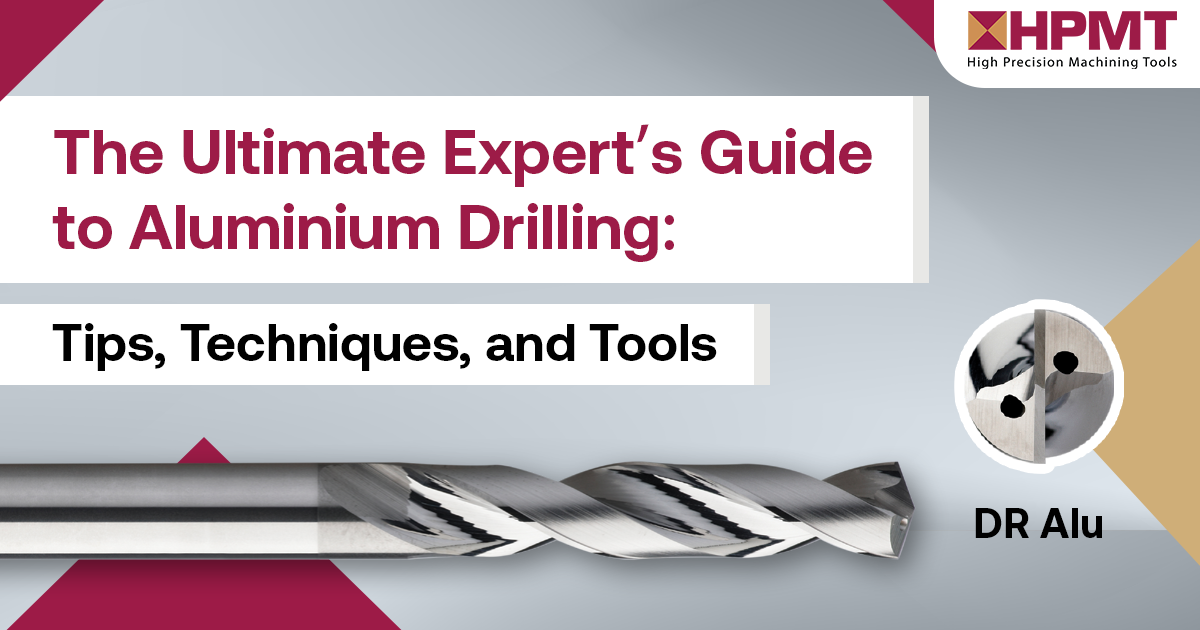
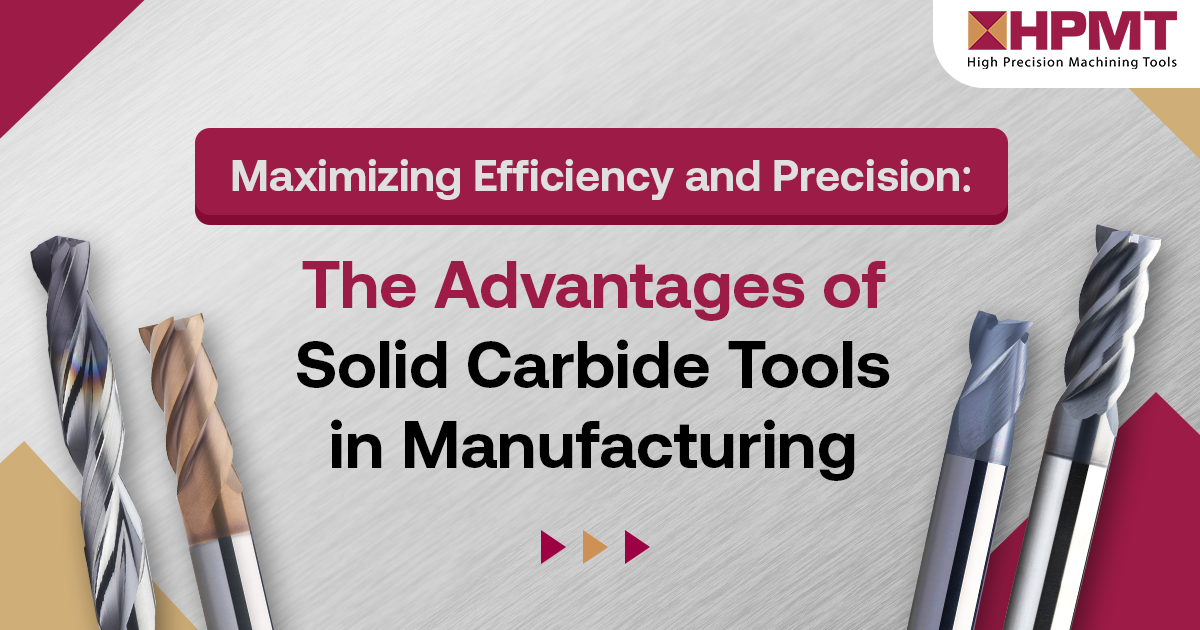

HPMT INDUSTRIES SDN BHD 199601032653 (405005-X)
5, Jalan Sungai Kayu Ara
32/39, Taman Berjaya,
Seksyen 32, 40460 Shah Alam,
Selangor Darul Ehsan, Malaysia
Tel: +603-58700098
Email: info@hpmt-industries.com
Our Products
Quick Link
All Rights Reserved | HPMT Industries Sdn. Bhd.
